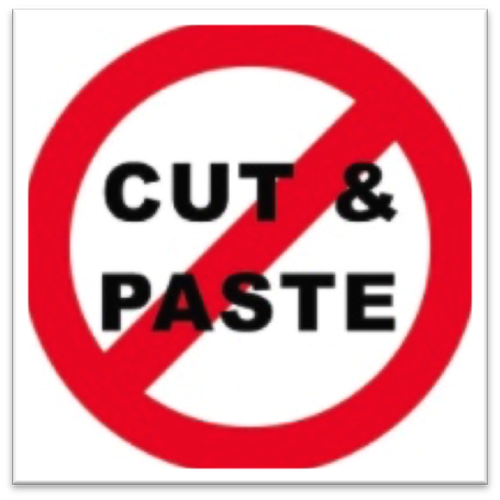 Jan. 31, 2017
Jan. 31, 2017
Plagiarism in Academic Writing: How to Identify and Avoid It
(Provided by CalPac, Tuesday, January 31, 2017)
What is plagiarism?
Plagiarism is the act of stealing someone’s ideas or words. Examples of plagiarism include turning in someone else's work as your own, coping words or ideas from a source without giving credit or failing to put a quotation in quotation marks.
Why are we against it?
At CALPAC, we require that students put responses into their own words for a number of reasons. First off, copying is considered plagiarism and is a serious offense. Secondly, when you read, synthesize the information and form responses on your own, you create meaningful connections in your brain. This in turn makes it more likely that you will recall the information; thus learning more.
The Internet has made it easier than ever to plagiarize. You can search up a topic and copy and paste someone else’s work into your paper. However, keep in mind that there are tools like Turnitin, which is commonly used by schools and universities, to detect plagiarism. Being caught plagiarizing could have dire academic consequences ranging from getting a zero on your assignment to being expelled from your academic institution.
How to avoid it?
You need to make sure to write in your own words and cite your sources. When you have in-paper citations and a work cited page, you are acknowledging that there are borrowed materials in your paper and presenting your readers with information to get to the original sources.
The Purdue Online Writing Lab is a good resource that shows you how to cite properly. You can also go to your teachers for help to check your writing drafts to spot any potential forms of plagiarism.

Contact Us Today @ (855) 225-7227.
Email - enroll@cal-pacs.org



